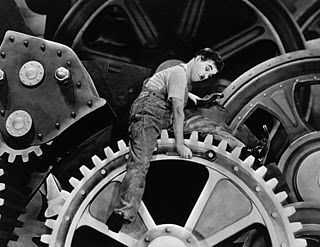 - Welcome - Watchmaking
- Welcome - Watchmaking
Watchmaking
Watchmakers must assemble small pieces with accuracy to the micron. When we think of watchmaking, we first think of the well-tuned mechanism, but the details are also on the watch cases and the finishing of the dials.
The guilloche step adds a decorative touch by bringing out the patterns. This step is still carried out manually by some craftsmen, although it can be done by machine. Polishing is part of finishing to have a smooth surface on watch cases. Delicate work is essential to obtaining a refined decoration.

The measurement of time has fascinated many civilizations for a long time. It began with an observation of the rhythm of the moon, the sun god, and the seasons.
The stone of the sun, known as the calendar, is filled with symbols of the Aztec civilization. This stone, which weighs several tons, was discovered in Mexico City in 1790. It is exhibited at the Museo Nacional de Antropologia.
It was carved between 1469 and 1479. Experts can decipher a 260-day or, 365-day calendar based on the rhythms of the sun and seasonal work.

Replica of the "Pietra del Sol" in Paris

The sun gold in marquetry
The clock as we know it today is the result of numerous studies and tests carried out by religious scholars, mathematicians, and astronomers (obelisk, clepsydra, hourglass, sundial, water clock, and astrolabe).
It was the clock in the bell tower of the churches that gave the hour to our ancestors. The Latin word clocca, for the bell, gave rise to the word clock.

This celestial globe clock was created by Johann Reinhold.
This globe, made in the 16th century, indicates the time and position of stars and constellations relative to the earth. The year 1588 and the name Johannes Reinhold are engraved on this object. This watchmaker was located in Augsburg, Bavaria.
